Yedang (예당)
183.28176708255867m 6958 2015-10-27
61-1, Gwangbok-ro, Jung-gu, Busan
Located
in Gwangbok-dong, Busan, Yedang is a restaurant specializing in sundubu (soft tofu stew).
Other items on their menu include haemul pajeon (seafood & green onion pancake), stone pot bibimbap, tteokgalbi (grilled short rib meat patties), bulgogi, and galbijjim (braised beef ribs). The restaurant has a neat and elegant interior and is oftten
visited by local residents as well as foreign tourists.
PALMIAN Nampo(팔미엔 남포)
183.4309080777059m 52 2020-12-04
61-1 Gwangbok-ro Jung-gu Busan
+82-51-244-1120
It is a restaurant that makes Jjamppong (Korean spicy seafood noodle soup) with 8 kinds of noodles. The best menu at this restaurant is noodles in black bean sauce. This Chinese (cuisine) restaurant is located in Jung-gu, Busan.
Sutgarakjeotgarak (숟가락젓가락)
215.68139432516523m 21175 2020-08-12
14, Gwangbok-ro 55beon-gil, Jung-gu, Busan
+82-51-248-0132
Sutgarakjeotgarak serves traditional home-made tofu dishes, made with soy beans grown in Korea.
Keunjip (큰집식당)
258.7191953331824m 11529 2020-02-07
19, Junggu-ro 24beon-gil, Jung-gu, Busan
+82-51-245-3320
Located in Gukje Market near Gwangbok-ro Road in the heart of Busan, Keunjip restaurant is quite accessible; but it is a little difficult for first-time visitors to locate the exact entrance. The restaurant serves a vareity of jjim (steamed food) dishes and hanjeongsik (Korean table d’hote).
The most popular menu is the bulgogijjim (stewed bulgogi) served with tasty gejang (marinated crab), kimchi, nutritious toran (taro dishes), and 10 other side dishes. Another delicacy is Keunjip's haemuljjim (spicy stewed seafood), filled with shrimp, octopus, clams, and more seafood and served with kongnamul (bean sprouts).
Dolsotbapjip (돌솥밥집)
262.3069137849965m 23130 2019-06-13
7-1, Gwangbok-ro 37beon-gil, Jung-gu, Busan
+82-51-246-3888
Located in Nampo-dong, Dolsotbapjip is a restaurant that has been serving dolsotbap (hot-pot rice) with a consistent taste for more than 30 years. The only dishes on the menu are doenjang jjigae (soybean paste stew) and sundubu jjigae (soft tofu stew). Both are served with bibimbap in a hot stone pot. After eating the rice, you can also enjoy sungnyung, made by pouring water in the hot pot after you have scooped the rice out. This restaurant, with its long history, has become famous through word of mouth among Japanese tourists.
Chungmu Hoetjip (raw fish restaurant) (충무횟집)
270.29697100960084m 9082 2020-12-04
27, Jagalchihaean-ro, Jung-gu, Busan
+82-51-246-8563
It is a safe seafood certified store that supplies and sells fresh seafood. A sliced raw fish specialty restaurant located in Jung-gu, Busan. The representative menu is assorted sliced raw fish.
Parque Yongdusan (용두산 공원)
328.99279573986445m 9230 2021-12-28
Yongdusan-gil 37-55, Jung-gu, Busan.
Caminando, aproximadamente, 10 minutos en dirección hacia Yongdusan desde la Estación de Nampodong del metro de Busan, o desde el área de cines de Gwangbok-dong, podrá llegar al Parque Yongdusan, el Patrimonio Regional Nº 25. Desde la antigüedad, en la zona del monte Yongdusan abundaban los pinos, motivo por el que tomó el nombre de Songhyeonsan (song, en caracteres chinos, significa “pino”). Pero luego, como la imagen de la montaña se parecía a la cabeza de un dragón asomándose desde el mar hacia la tierra, terminó recibiendo el nombre de Yongdusan (yong significa “dragón” en coreano). El parque fue ubicado en la cima del monte Songhyeonsan, pero hasta antes de la apertura del puerto los japoneses le daban el nombre de Jungsan (jung significa “mediano”) a esta montaña , y Sosan (so significa “pequeño”) al monte Yongmisan. Después, en el año 1898, los monjes japoneses construyeron un gran templo sintoísta, llamado “templo sintoísta Yongdusan”, y de ahí proviene su nombre. En el parque se encuentran: la estatua del general Yi Sun-shin, la torre conmemorativa de la Revolución del 19 de abril y un reloj floral, entre otras obras artísticas instaladas para conmemorar y homenajear a las figuras históricas del país. En particular, en la Torre de Busan, que presenta una altura de 120 m, podrá apreciar todo el paisaje de la ciudad de Busan.
Calle Arirang de Gwangbok-ro (광복로 아리랑 거리)
333.223908188425m 6237 2024-01-24
Sinchang-dong 1-ga, Jung-gu, Busan
Mercado de Pescado Seco de Nampo-dong (남포동건어물도매시장)
352.62102727969756m 7950 2024-01-24
Yongmi-gil 8-beongil 4-1, Jung-gu, Busan
Dolgorae Sundubu (돌고래순두부)
400.57619777678866m 9229 2020-02-08
15, Junggu-ro 40beon-gil, Jung-gu, Busan
+82-51-246-1825
When Dolgorae Sundubu first opened in 1982, it sold sundubu (soft tofu stew) at a mere 600 won, which was cheaper than the average price of jajangmyeon (considered one of the most inexpensive meals available at that time). The low price and great taste soon attracted a large number of customers and the restaurant has enjoyed great popularity ever since.
The restaurant's success lies in its fresh, soft tofu and its Jeolla-style pickled seafood and soybean paste (hand-made fresh each morning). The soft tofu stew seems to perfectly complement kimchi (Korea’s most popular side dish) and has become a restaurant specialty.

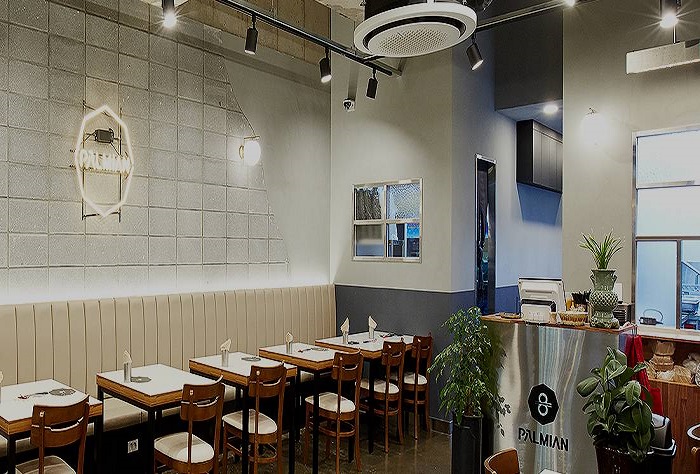
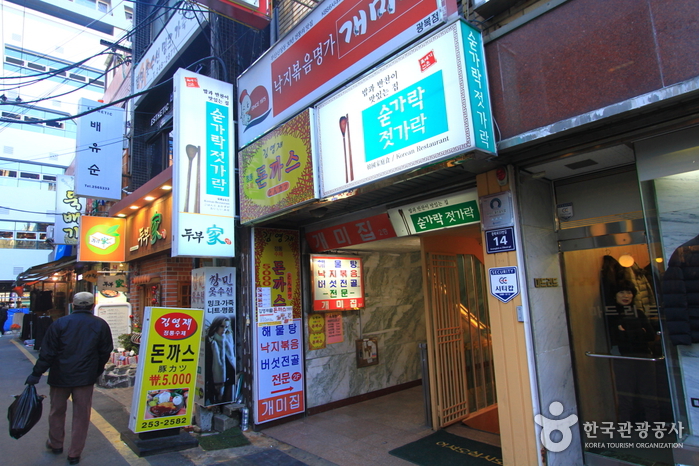
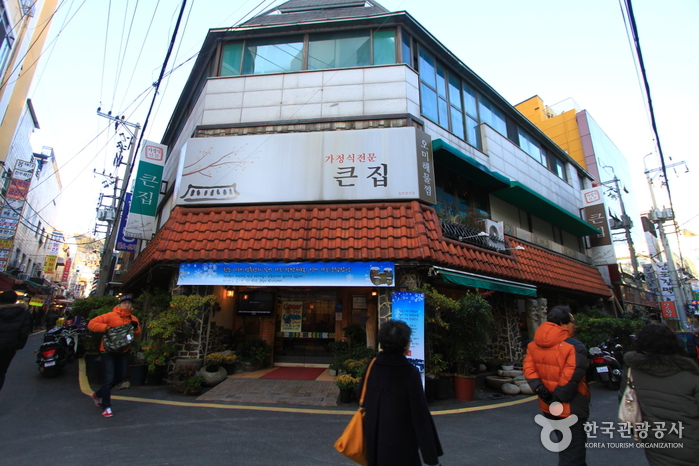
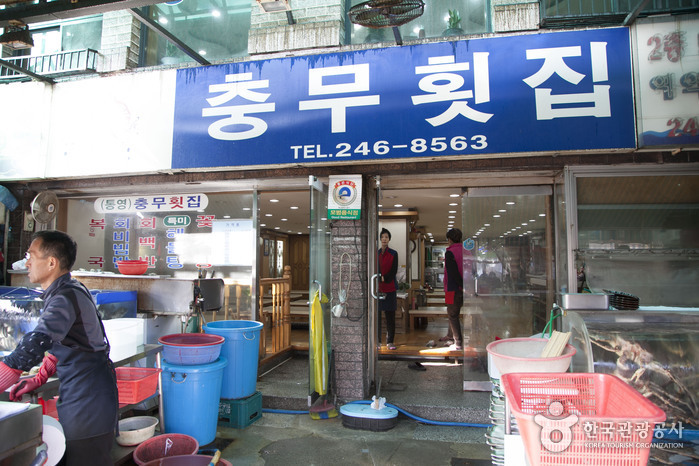
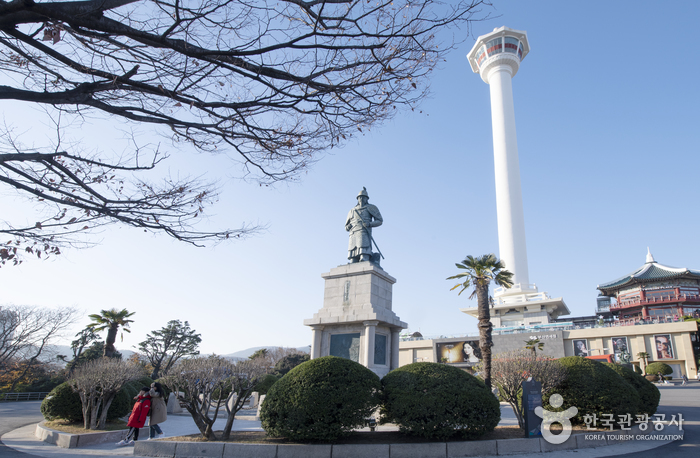
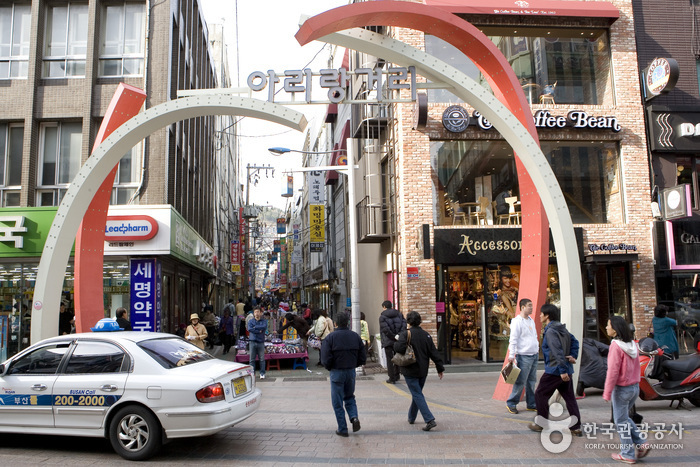
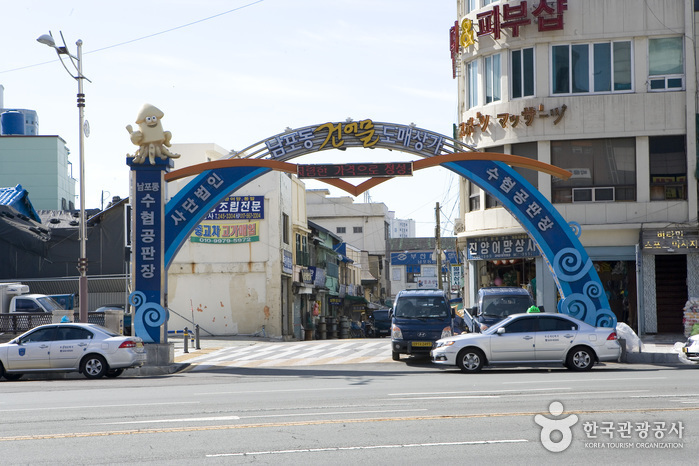
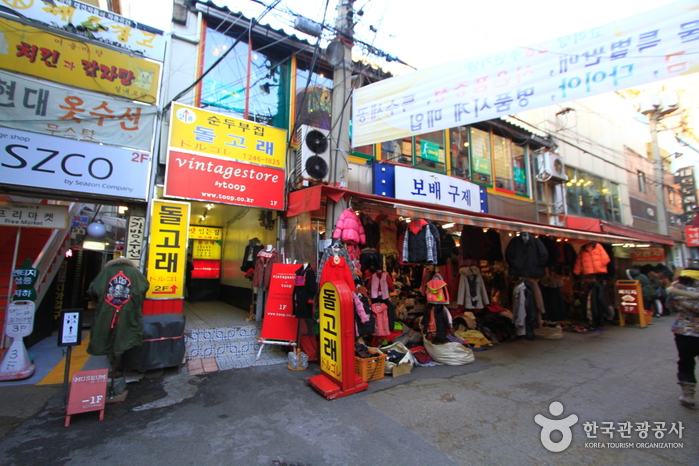
 Español
Español
 한국어
한국어 English
English 日本語
日本語 中文(简体)
中文(简体) Deutsch
Deutsch Français
Français Русский
Русский